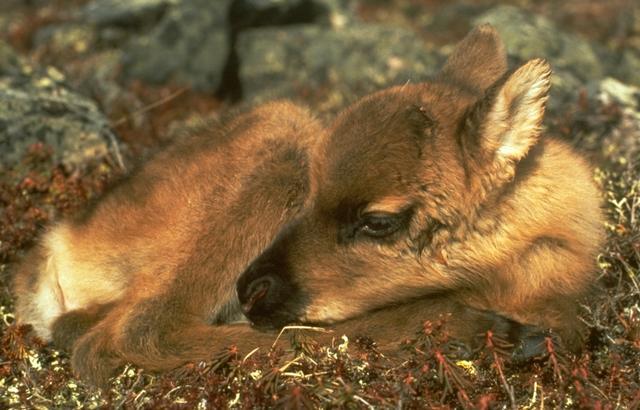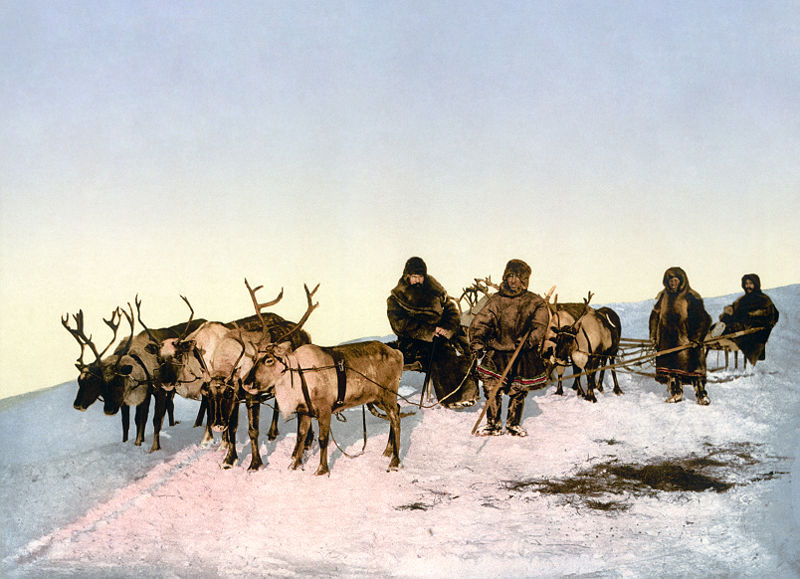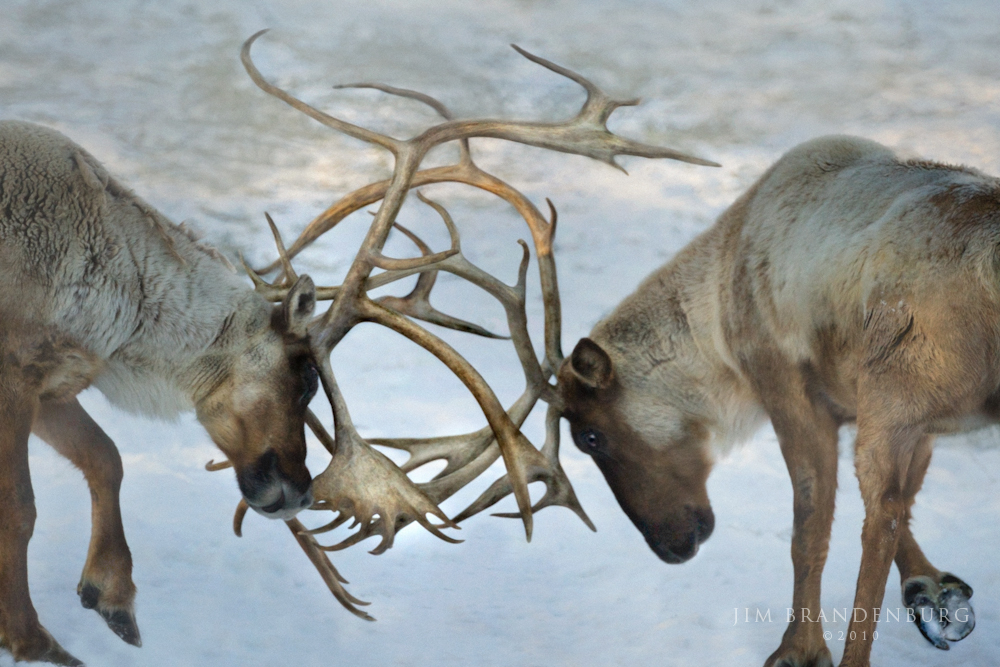THIS GOOD LOOKING CARIBOU LIVES
IN THE
NORTH WHERE IT IS VERY COLD.
CARIBOU
Way up north are caribou
It’s a lot of country to get through
To see his big crew
So it would be good if you flew.

Caribou
In recent times the caribou have lived mostly in the wilds of the northern cold countries of the East and the West, Alaska, Canada, Russia, Finland etc., many times in huge herds of 50,000–500,000 and feeding on the caribou moss that they dig out of the snow. They will also eat leaves and grass, but if they get hard-up, they will also come to the place where they will eat small animals and eggs. They probably have better eye-sight than most animals. Their hooves are especially adapted to the climate they live in so they can walk on the ice without slipping. Each year they migrate and the western caribou will migrate thousands of miles.
The caribou have many predators and the wolves will follow the caribou and sometimes they just eat caribou, which reduces the number quite a bit. The eagles and bears will also catch them. Man is a very fond hunter of the caribou all across the north country and they have certain times of the year when they can hunt them for winter supplies and the furs for coats.
Have you seen a caribou swim? He is a great swimmer and can swim 6 MPH. The whole herd will swim across the lake together.
Their color can vary from different climates and seasons and species, from lighter to darker and also in some regions they grow bigger than in other areas.
The males will battle with their antlers for their females for mating and will collect 15-20 females for mates and during mating season he will not eat.
Caribou is also called a reindeer.

Reindeer
A SLEIGH WITHOUT RUNNERS.
How would you like to be its owner, reader? This picture represents the mode of traveling in the cold and dreary regions of the North, where snow and ice never cease, and where the wind never fails to blow. The traveler in this curiously constructed sled, drawn by a well-trained reindeer, travels at a rapid rate. Still farther north, dogs instead of reindeer are used. When the traveler stops at night, he cuts out large blocks of snow, and builds two little snow-cots, one for himself and the other for his dogs to remain in over night.
These sleds are shaped very much like a canoe, and are either constructed of wood or of bone. Water is poured over the bottom, which congeals in the act of application. These sleds travel more lightly than those shod with iron.
Although you and I would get capsized before we had driven a mile, the Esquimaux never does, unless he happens to drive into a snow-drift. Dressed in warm skins, he does not fear the cold, but merrily and safely guides his reindeer over the snow.
V. A. M.



